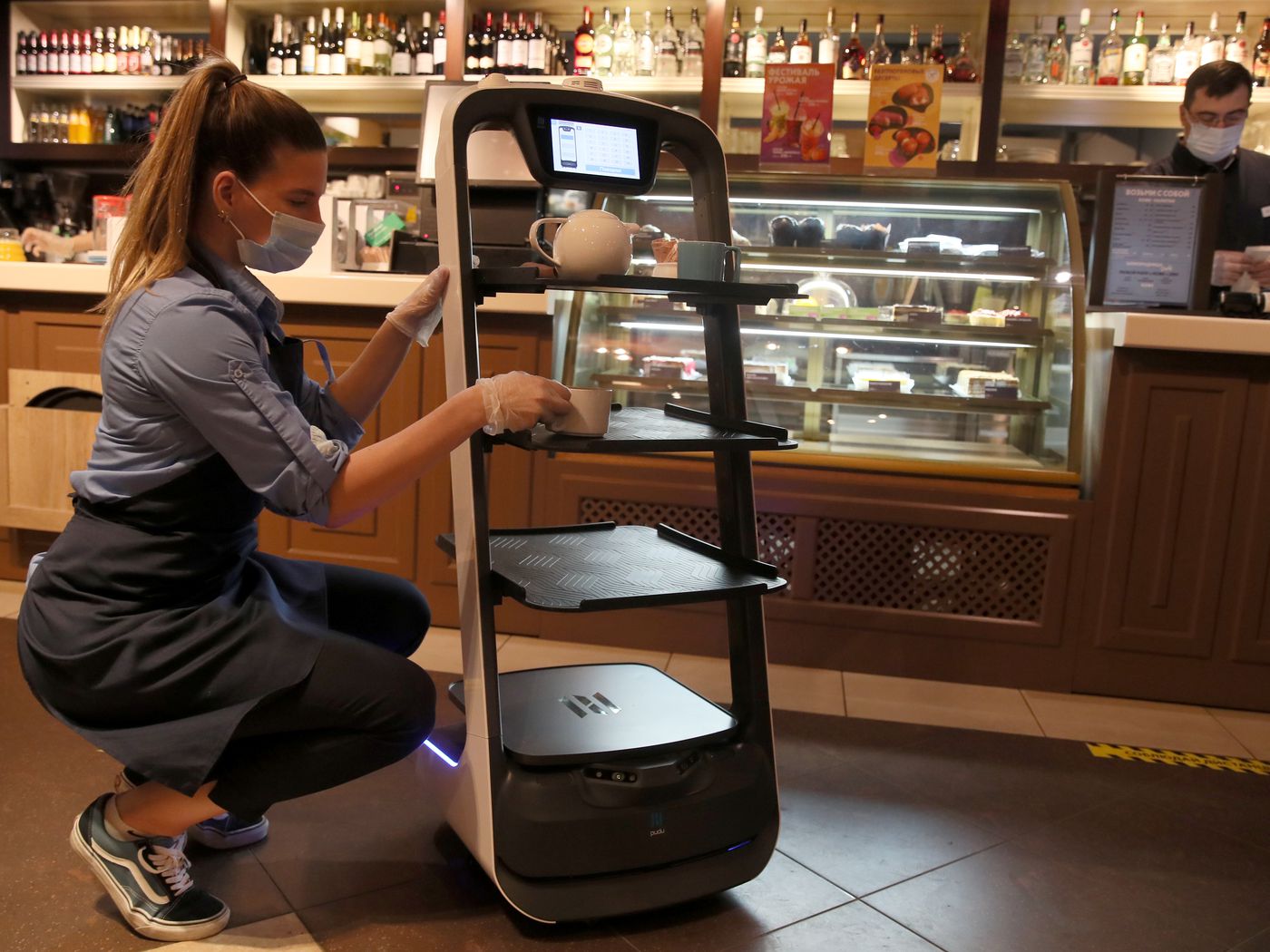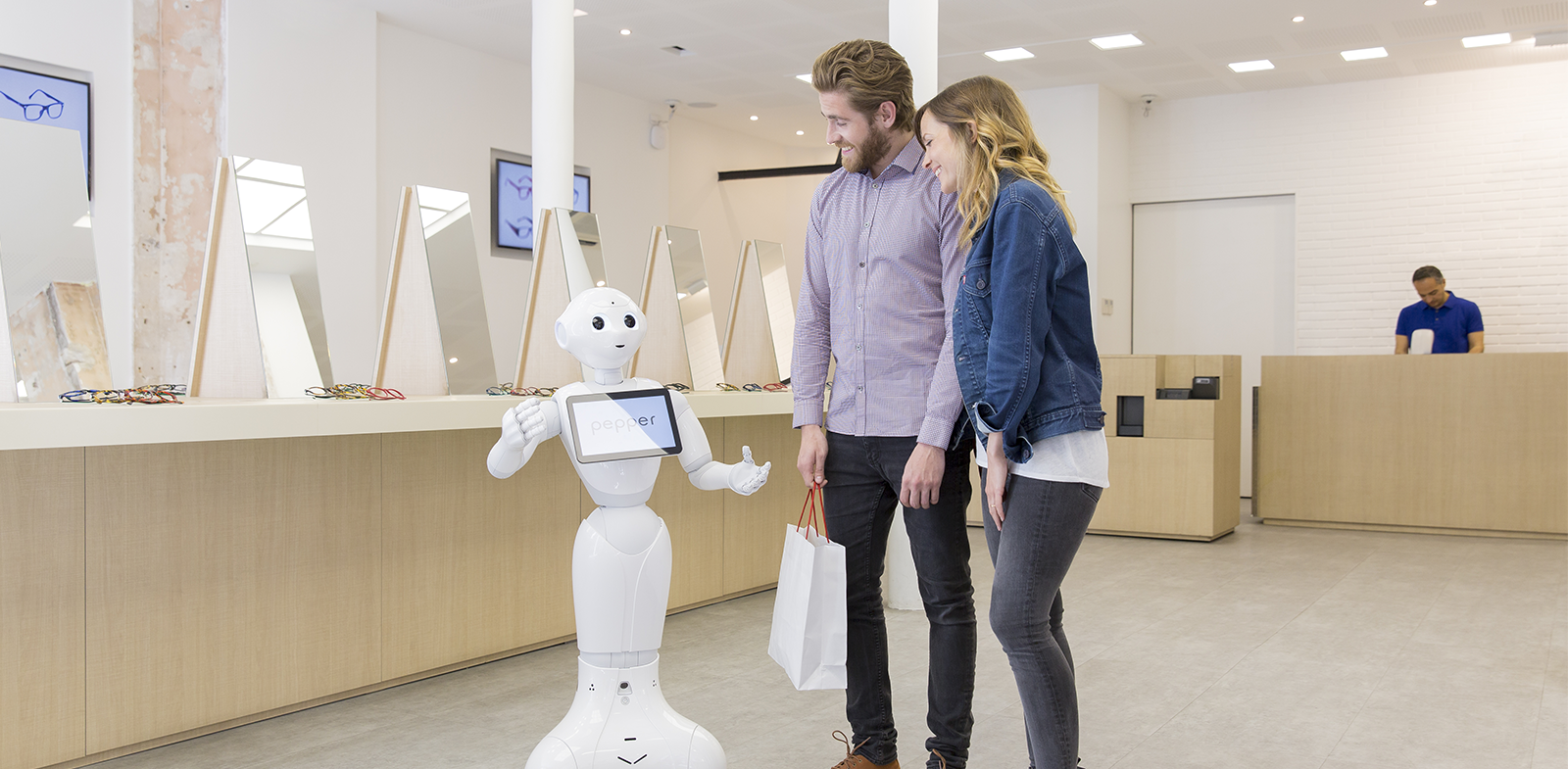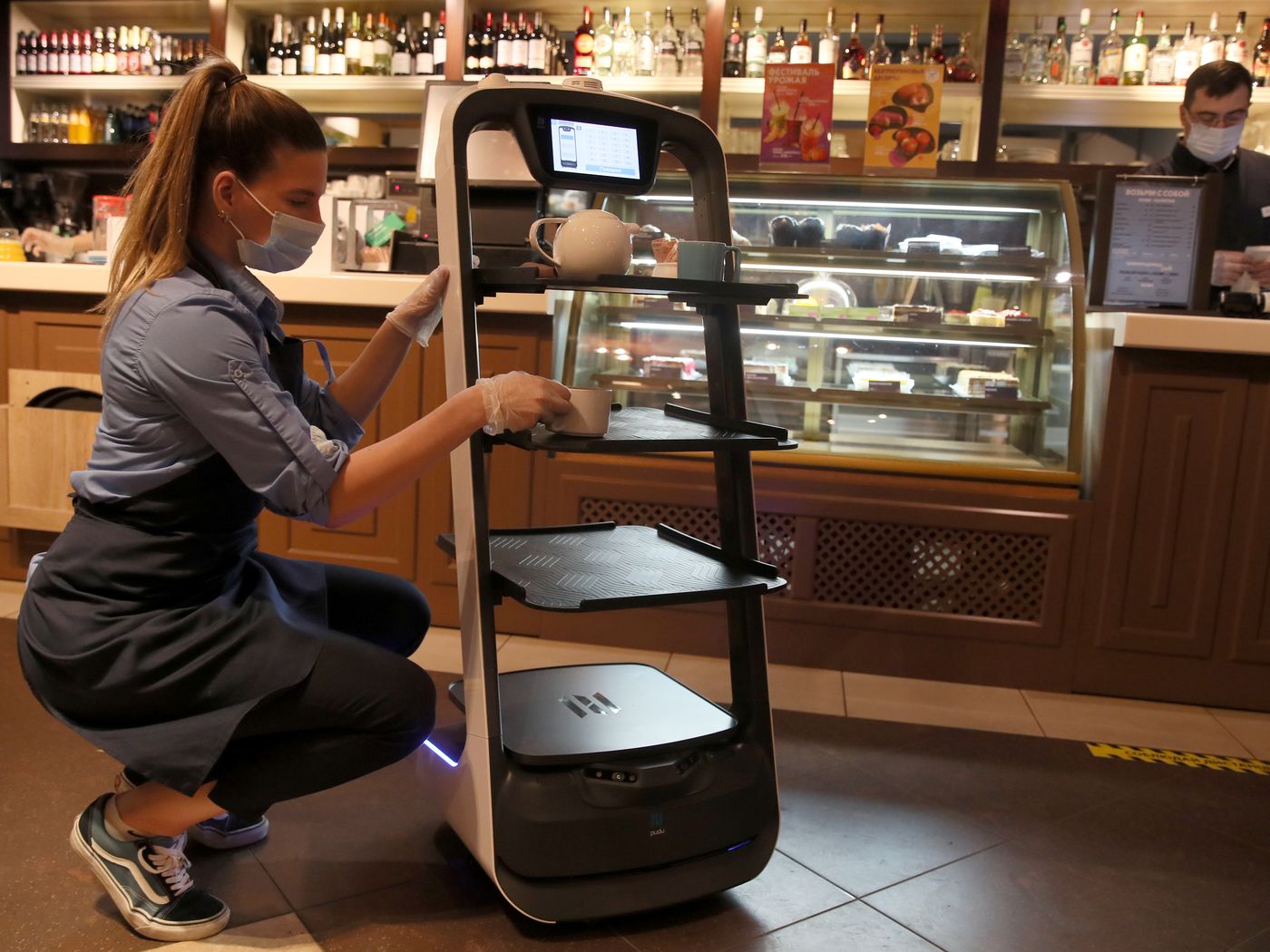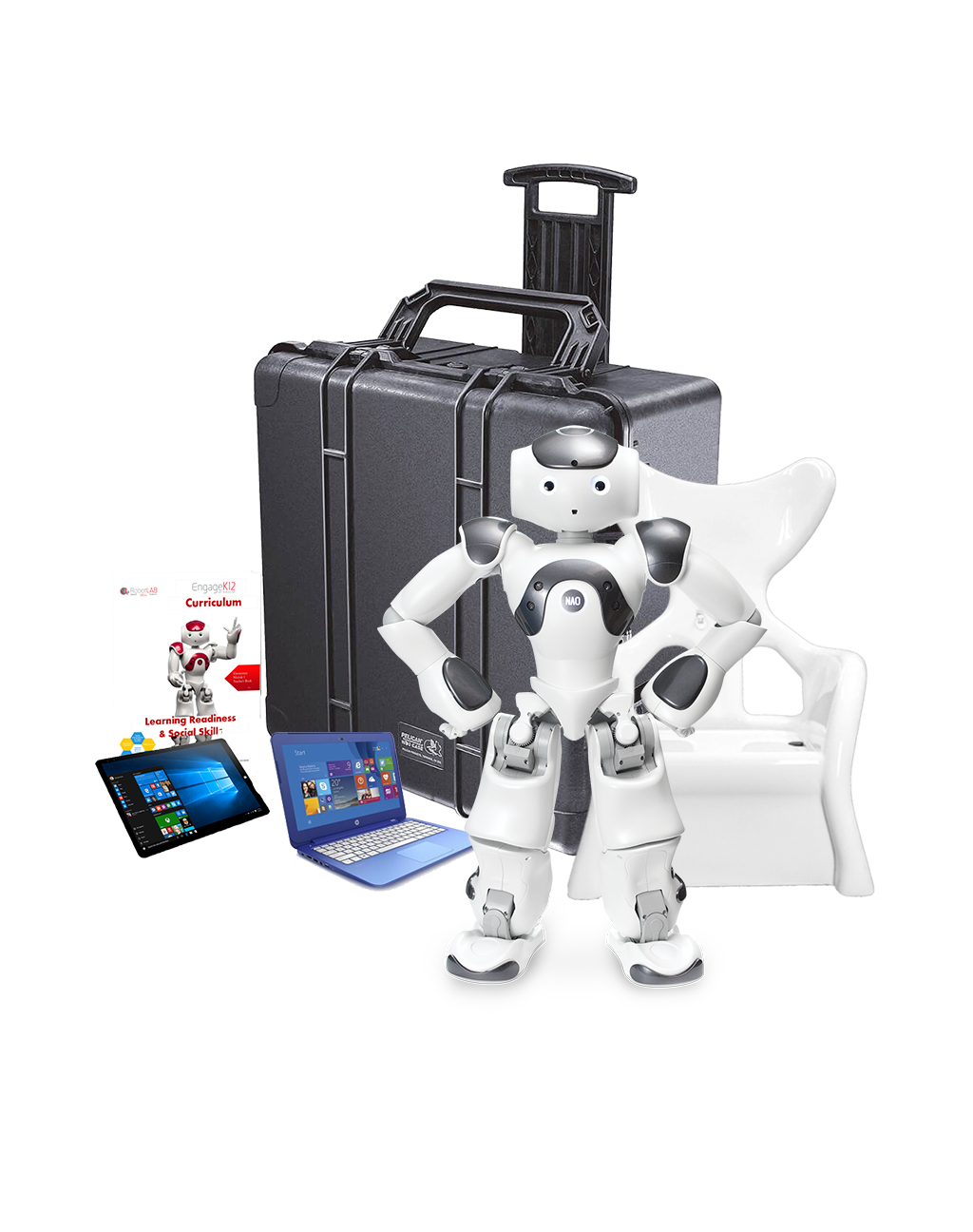How Robots Can Improve Employee Productivity
Mar 25, 2022
By Evelyn Long

Since the start of automation technology, there has been this fear that warehouse robots will eventually put humans out of work. However, robotics companies seem to be proving the opposite. According to Forbes, some robot services increase productivity five to 10 times in industrial settings like shipping and receiving warehouses.
However, the benefits are there for any industry — retail, medical and more. Automated robots, software, and systems are paving the way for businesses and benefiting employees in numerous ways. If you’re ready to add robotics to your business, learn how this decision can help with employee productivity.
1. Increases Worker Safety
Automation makes jobs safe for workers. A warehouse environment can be unsafe — even for the most compliant operations. Typically, workers face injuries and risks on the job when handling large and heavy freight. Serious damage can occur, such as falling objects, heavy machinery incidents, and chronic behavioral health conditions, like stress or trauma.
As a result, warehouse operations can be stalled and other employees can be overwhelmed by the need to catch up. Automation is changing the course of these risks. The software simplifies workflow, makes jobs safe, and ensures compliance is in order.
For instance, the Internet of Things (IoT) connects heavy machinery to detect malfunctions before they occur. Automation systems also use data analysis to predict and minimize errors for a safer work environment.
2. Creates Operational Efficiency
Research shows that a 1% increase in robot adoption stimulates a 0.8% increase in productivity. Robotics are facilitating streamlined business processes and resourcefulness. For instance, real estate developers can utilize automation to:
- Decrease risk in project delivery
- Provide real-time data for informed decision-making
- Increase project status visibility
- Build accurate forecasting
- Cut down administrative tasks
The bottom line is that robots fulfill tedious tasks and enhance employee productivity, cutting costs in the long run.
3. Meets Demands
The operational industry is unusually high with vacancy rates due to hazardous and intense working conditions. Employees face more risks on the job, and they also have labor-intensive tasks and long hours. For instance, the average warehouse worker does physical labor daily — which can be exhausting. Moreover, facilities are understaffed, meaning employees have to work overtime.
Automation in the warehouse can take a load of pressure off employees. Businesses can use robots to take over rigorous tasks that require heavy lifting, packing, and product movement.
Robots are meeting higher demand. Companies can use autonomous machines paired with artificial intelligence (AI) to create innovative ways of accomplishing tasks faster. In turn, automation creates better working conditions, increases employee satisfaction, and makes workers more productive.
4. Enhances Job Satisfaction
Job security is one of the main concerns for employees when discussing robots. However, technology applications can enhance workers’ jobs. One example is the functionality of materials handling. Machines can perform dangerous tasks typically operated by humans.
Automation also allows employees to work in different ways. For example, they can oversee and operate robotics performing the work while focusing on high-level, engaging tasks. Changes like this are serving employee satisfaction. As a result, companies experience lower turnover rates and increased revenue.
Finally, robots and artificial intelligence can help support good working environments for human employees. Smart controls and commands can centralize a workplace’s lighting systems to align with the optimal circadian rhythm — without individual workers needing to hunt down light switches. Smart systems with automatic commands can also control temperature, security, and other building features that can make employees’ days better.
5. Strengthens Customer Service
Artificial intelligence robots are changing the nature of customer service by working alongside humans and interacting with shoppers. Businesses can also use them to streamline backend operations — supporting compliance requirements and responding to questions.
Customers can still interact with humans when in need of additional service, but having immediate, helpful answers to basic questions can help bring them into the service process and create a smoother line of communication overall. Physical robots like Pepper can add a futuristic, fun element to customer service while taking duties off the shoulders of human employees.
This digital transformation plays an important role because employees have further insight into data collection and AI analysis. Robots are expanding several areas for businesses. With continued technological advances in AI, companies will soon adopt more customer service robots, increasing efficiency and allowing employees to work on creative tasks.
Employees Can Be More Productive Thanks to Robots
It is understandable when people think of automation as a replacement in the workforce. So far, this isn’t true — robots are actually improving processes, enhancing safety, and increasing productivity. They allow people to expand beyond their initial roles and take on new and more creative responsibilities.
In an environment where automation is at play, employees have more time, freedom, resources, and innovation. As a result, robots support higher employee productivity, stimulating tech-driven jobs and allowing people to be safe and successful. Companies would be wise to embrace this tech and all it has to offer.
Discover more about Business and Robots with RobotLAB!

Check more information here: https://business.robotlab.com/
Author
 Evelyn Long is the editor-in-chief of Renovated and a writer with experience covering green technology and construction for publishers like NCCER and BUILD.
Evelyn Long is the editor-in-chief of Renovated and a writer with experience covering green technology and construction for publishers like NCCER and BUILD.









 Too much to read? Don't have time?
Too much to read? Don't have time? 

.webp?width=124&height=124&name=image%20(1).webp)
.webp?width=169&height=87&name=image%20(2).webp)













